When we hear the term self-harm, we often picture scars, cuts, or burns. We think of razors, knives, or bruises—things that leave visible marks. But self-harm isn’t always something you can see on the outside. Sometimes, it hides in everyday actions that don’t look harmful at first glance. These hidden hurts are just as real and painful, and they deserve to be talked about.
If you’re a kid reading this, maybe you’ve felt like hurting yourself before—or maybe you already are. Maybe you think self-harm means cutting or punching yourself, and since you’re not doing those things, you tell yourself you’re okay. But let’s talk about the little ways you might be hurting yourself without even realizing it.
If you’re a parent reading this, maybe you’ve noticed your child doing things that seem odd or unhealthy but haven’t connected them to self-harm. This is for you, too—to help you understand what’s going on and how to help.
What Does Self-Harm Really Look Like?
Self-harm isn’t just about physical injuries like cuts or bruises. It can look like:
- Not eating or skipping meals on purpose.
- Eating too much as a way to punish yourself.
- Not drinking water, even when you’re thirsty.
- Refusing to wear warm clothes in winter or sleeping without a blanket.
- Scratching your skin until it bleeds or picking at scabs repeatedly.
- Over-exercising, pushing your body beyond its limits.
- Triggering yourself by watching or thinking about things that make you upset.
- Putting yourself in risky situations, like crossing the street without looking.
- Avoiding sleep, staying awake even when your body is begging for rest.
- Staying in relationships or friendships that make you feel bad about yourself.
- Consenting to physical intimacy that you don't actually want.
- Isolating yourself from supportive friends and family
These might seem small—like habits or coping mechanisms—but they can be forms of self-harm. They’re ways of punishing yourself or ignoring your needs because something inside feels too big to handle.
Why Do Kids Do This?
If you’re a kid who’s hurting yourself, it’s probably because something feels wrong inside. Maybe you feel numb and want to feel something. Maybe you feel so angry or sad that the pain feels like an escape. Or maybe you think you deserve to be hurt because of something bad that happened.
Sometimes, self-harm feels like control—like the only thing in your life, you can decide for yourself. Other times, it’s a way to distract from emotional pain with physical discomfort. Whatever the reason, it doesn’t mean there’s something wrong with you. It means you're struggling and need help.
How Parents Can Help
If you're a parent who suspects your child is hurting themselves—whether visibly or through hidden ways—here’s what you can do:
- Start with Love: Your child needs to know they’re not alone and that they’re loved no matter what. Avoid judgment or anger; focus on understanding their feelings.
- Talk openly: Ask questions gently: “I’ve noticed [behavior]. Is everything okay? I’m here if you want to talk.” Make it safe for them to share.
- Don’t assume: Self-harm isn’t always about suicide—it’s often about coping with emotions they don’t know how to handle.
- Get professional help: A therapist can help your child explore their feelings and find healthier ways to cope.
- Build healthy habits together: Encourage eating well, sleeping enough, and finding activities they enjoy.
How Kids Can Help Themselves
If you're a kid who feels stuck in these behaviors, here’s what might help:
- Recognize It: The first step is realizing what you're doing isn’t helping—it’s hurting. That takes courage but is so important.
- Talk to Someone: Find someone safe—a parent, teacher, friend, therapist—and tell them how you're feeling.
- Be Kind to Yourself: You don’t have to punish yourself for feeling bad. You deserve care and love—even from yourself.
- Find Other Ways to Cope: Try drawing, writing in a journal, listening to music, or going for a walk when emotions feel overwhelming.
Conclusion
Self-harm doesn’t always look dramatic—it can hide in small choices we make every day. But whether it’s visible or invisible, it comes from pain that needs attention and care.
To kids who are hurting: You’re not alone in this. Your feelings are valid, and there are people who want to help you heal.
To parents watching from the sidelines: Your child needs your patience and understanding more than anything else right now.
Let’s stop assuming self-destruction is always easy to spot. Let’s start listening more closely—to words unsaid and hurts unseen—and show each other that healing is possible when we face these struggles together.
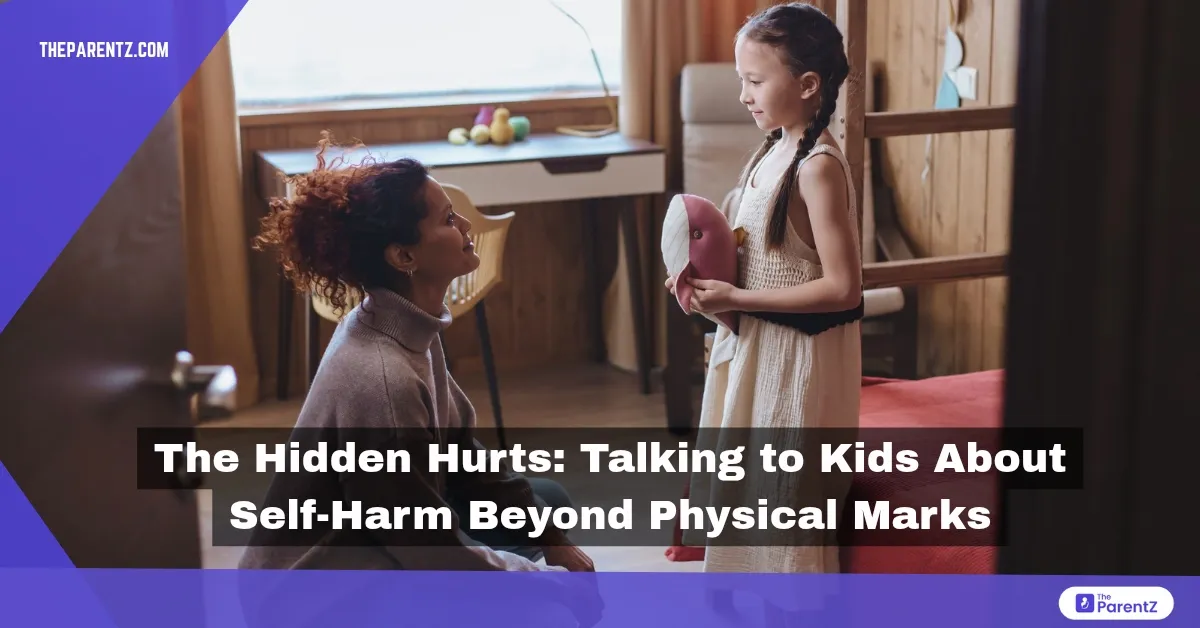

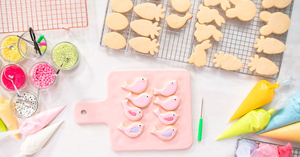
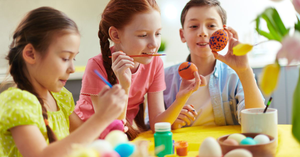

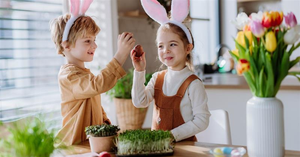

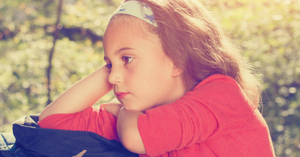
Be the first one to comment on this story.